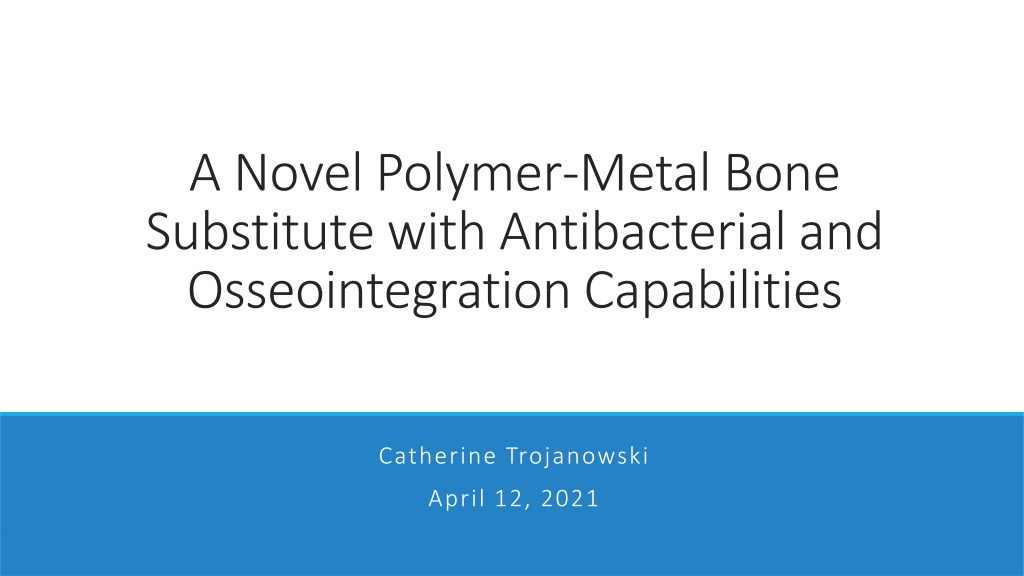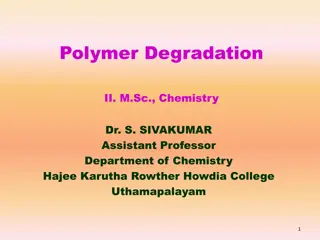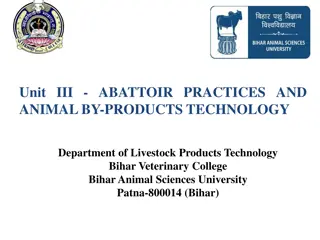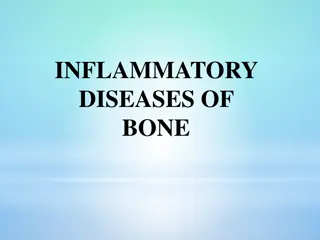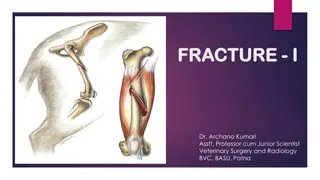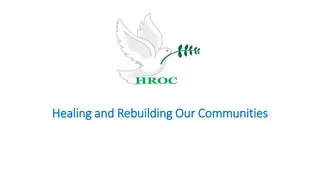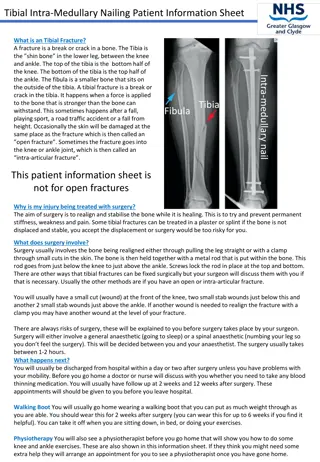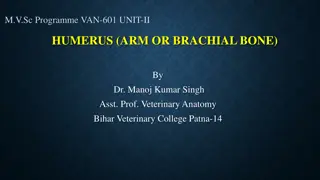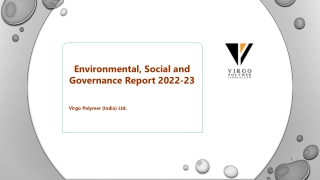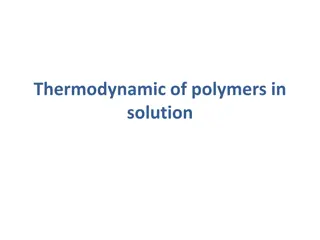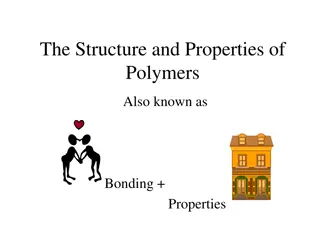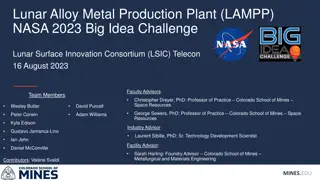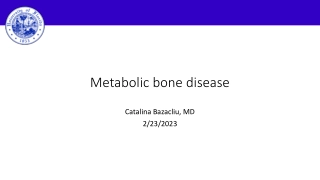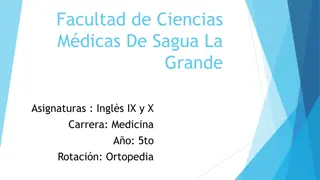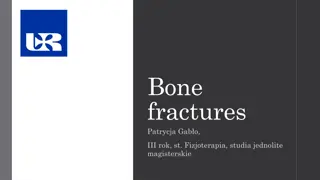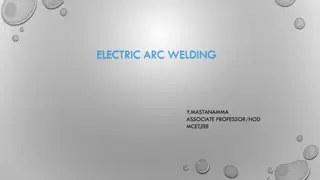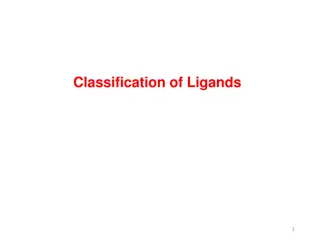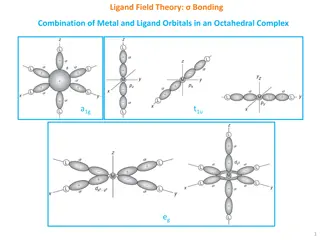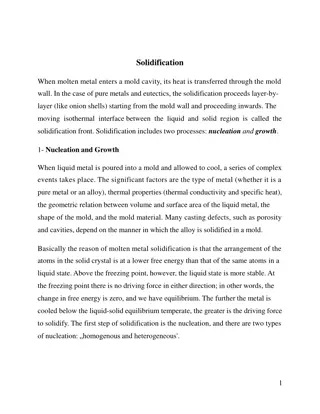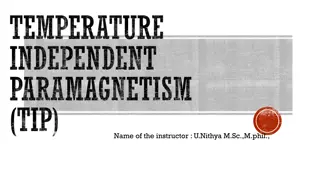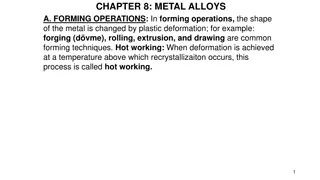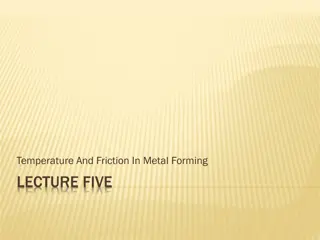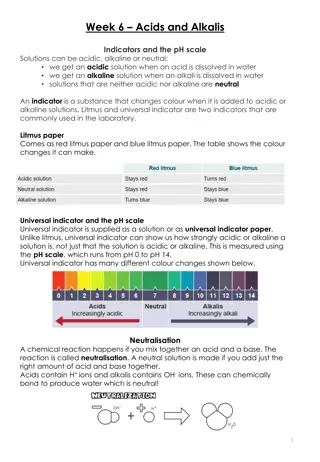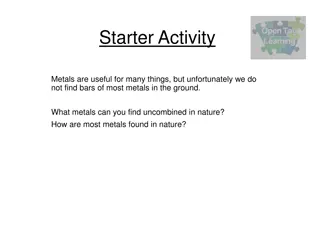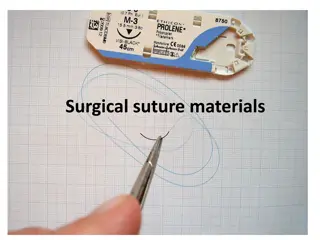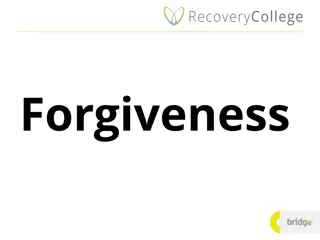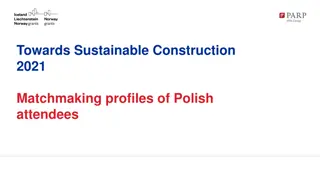Innovative Polymer-Metal Bone Substitute for Enhanced Healing
Novel PEKK/tantalum/eADF4(C16) bone substitute developed to address limitations of current bone grafting materials. Combines antibacterial properties with osseointegration capabilities, offering potential for successful bone healing and growth. Research plan involves preparation, testing of properties, and evaluation using a rabbit model for osseointegration assessment.
Download Presentation

Please find below an Image/Link to download the presentation.
The content on the website is provided AS IS for your information and personal use only. It may not be sold, licensed, or shared on other websites without obtaining consent from the author. Download presentation by click this link. If you encounter any issues during the download, it is possible that the publisher has removed the file from their server.
E N D
Presentation Transcript
A Novel Polymer-Metal Bone Substitute with Antibacterial and Osseointegration Capabilities Catherine Trojanowski April 12, 2021
Identification and Significance of the Problem More than 2 million bone grafting procedures are performed worldwide every year2 Bone substitutes are: synthetic or biologically derived products which can be inserted for the treatment of a bone defect2,3 increasingly being used in various surgical fields2 Many current bone substitutes lack mechanical strength and are incapable of inhibiting bacterial colonization3,4 1 2
Overall Background Bone grafts promote bone healing and growth and restore bone defects3,5 Bone grafting can be done using: Autografts Allografts Xenografts Bone substitutes3 Due to limitations of current bone substitutes, novel alternatives are required 6 3
Related Research 7 4
Technical Approach Staphylococcus aureus (S. aureus) eADF4(C16) coating 7 (modified) 5
Anticipated Results and Commercial Applications of Research Anticipated that the PEKK/tantalum/eADF4(C16) bone substitute will: achieve successful osseointegration possess sufficient strength maintain antibacterial activity for an adequate timeframe Osseointegration Capability Adequate Strength Antibacterial Activity Commercial viability is expected due to: expanding market potential of bone substitutes anticipated superiority of the proposed solution 6
Objectives and Research Plan Specific Aim 1: Prepare the polymer-metal composite made from PEKK, tantalum, and eADF4(C16) Sulfonation7 Dip coating8 Task Duration Specific Aim 2: Test the antibacterial and mechanical properties of the polymer-metal composite in vitro Bacterial counting assay7 Examination using scanning electron microscopy8 Mechanical tests Specific Aim 1 4 months Specific Aim 2 8 months Specific Aim 3 6 months Specific Aim 3: Test the osseointegration capabilities of the polymer-metal composite using a rabbit model Preparation of histological tissue sections7 Push-out tests7 7
Description of Company PI assisted by 1 postdoctoral associate, 2 laboratory technicians, and 2 graduate students working in the Applied Biomaterials Laboratory at North Point University No subcontracts Consultants: Dr. Amber Beaumont from the Industrial Design Laboratory Dr. Robert Kingsley from the Advanced Material Laboratory Dr. Barbara Wilkinson from the School of Veterinary Studies will conduct all required animal surgeries 8
Budget Expense Cost Direct Costs $865,000 Senior Personnel $483,000 Other Personnel $232,000 Participant Support $86,000 Materials & Supplies $60,000 Publication & Documentation $4000 Indirect Costs $1,787,500 Total Budget $2,652,500 9
References 1. M. Bohner, Resorbable biomaterials as bone graft substitutes, Mater. Today, vol. 13, no. 1, pp. 24 30, Feb. 2010, doi: 10.1016/S1369-7021(10)70014-6. 2. V. Campana et al., Bone substitutes in orthopaedic surgery: from basic science to clinical practice, J. Mater. Sci. Mater. Med., vol. 25, pp. 2445 2461, May 2014, doi: 10.1007/s10856-014-5240-2. 3. G. Fernandez de Grado et al., Bone substitutes: a review of their characteristics, clinical use, and perspectives for large bone defects management, J. Tissue Eng., vol. 9, Jun. 2018, doi: 10.1177/2041731418776819. 4. C. C. Coelho, R. Ara jo, P. A. Quadros, S. R. Sousa, and F. J. Monteiro, Antibacterial bone substitute of hydroxyapatite and magnesium oxide to prevent dental and orthopaedic infections, Mater. Sci. Eng. C, vol. 97, pp. 529 538, Apr. 2019, doi: 10.1016/J.MSEC.2018.12.059. 5. Bone Grafting | Johns Hopkins Medicine. https://www.hopkinsmedicine.org/health/treatment-tests-and-therapies/bone-grafting (accessed Jul. 17, 2021). 6. Bone Graft Harvest. https://medlineplus.gov/ency/imagepages/8745.htm (accessed Aug. 7, 2021). 7. X. Hu et al., A microporous surface containing Si3N4/Ta microparticles of PEKK exhibits both antibacterial and osteogenic activity for inducing cellular response and improving osseointegration, Bioact. Mater., vol. 6, no. 10, pp. 3136 3149, Oct. 2021, doi: 10.1016/j.bioactmat.2021.02.027. 8. C. Sommer, H. Bargel, N. Ra mann, and T. Scheibel, Microbial repellence properties of engineered spider silk coatings prevent biofilm formation of opportunistic bacterial strains, MRS Commun., Apr. 2021, doi: 10.1557/s43579-021-00034-y. 10
